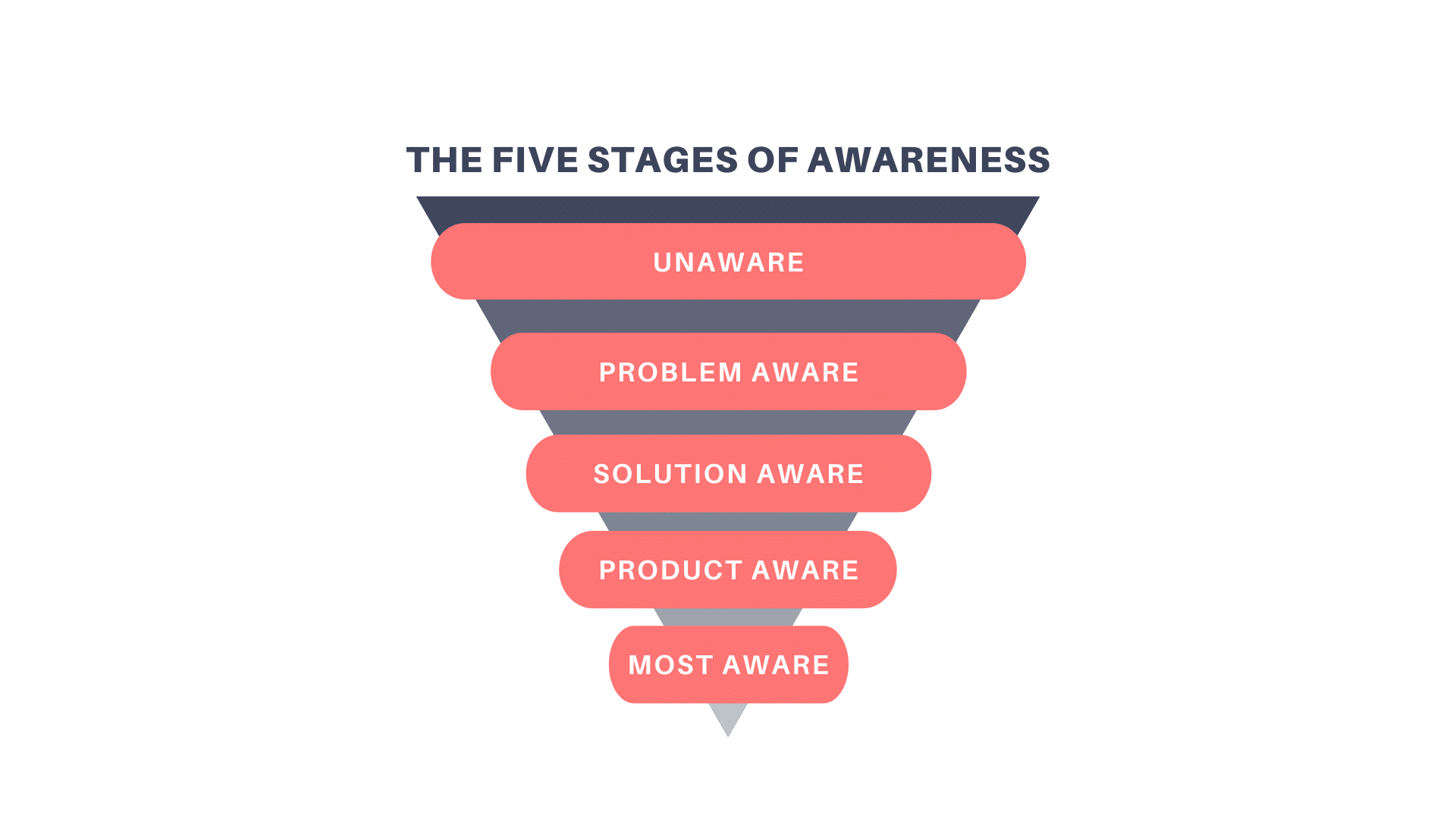Danielle Smith, Social Media Manager at Curated, explains what social listening is, and how it can go beyond brand to explore customers and better understand their needs.
How many times, as a marketer, have you heard the term “social listening”? A lot, right? And how many varying definitions have you heard for it? Personally, I find it hard to keep track. But what social listening means, and what it entails, is important for your business and for your clients. The problem is, most approaches I have seen to this process ignore a significant proportion of the customer base. It seems to only be doing half the job it could be.
What is social listening?
Social listening is typically described as the process of monitoring your brand across social channels, discovering who is talking about you and what they are saying. It can encompass competitor analysis, or wider industry terms, and is often done through automated social listening tools, such as Sprout Social, Awario, Keyhole, and Brandwatch.
Some people differentiate between “social monitoring” and “social listening” — the former being specific to your brand terms, and the latter being more industry-wide. These terms, however, are often used interchangeably.
Here’s how a number of industry leaders define social listening:
The Drum describes how “social listening software lets you see what people are saying about you on public digital channels – websites, social media, blogs, etc – allowing you to step into online conversations should the need arise.” Hootsuite explains how social listening “gives brands an opportunity to track, analyze, and respond to conversations about them on social media,” while Awario, a popular social listening tool, states that “in its simplest form, social listening is collecting and analyzing mentions of a brand found online using monitoring tools.”
Notice how they all put brand first? It’s not that this isn’t an important process; it is incredibly valuable to monitor and understand how people talk about your brand online. But my question is whether this is enough — and the answer is no.
What are we missing?
Oftentimes, in the conversation around social listening, it goes beyond brand mentions to include competitor monitoring and hashtag tracking — but all of this is still putting you at the centre; what about your customer?
The majority of consumers, when discussing products or services online, won’t be using specific brand names — yours or your competitors. Especially if they’re only at the early stages of awareness or consideration, they are probably not looking at any brands in particular. Rather, they are discussing themes and topics. So monitoring mentions of your own brand terms won’t get you very far in understanding who your potential customers are. By the time they are mentioning you, it could be too late.
The conversations that don’t mention brands are, arguably, the most important conversations because there’s still time to influence them.
We want to understand our customers beyond any mention of brand. We want to know what their concerns are, what questions they’re asking, what they know and don’t yet know. That’s where the current approach to social listening falls short — it could be working a lot harder.

So, what can we do?
The research we undertake needs to put the customer first, without any brand bias. While social listening is valuable, a deeper customer insight analysis helps you understand your customer — and potential customer — far more. We start by asking six simple questions.

This Six Step Approach uses a combination of social listening tools and manual research to determine the following factors: who your audience is, what they are discussing, where they are having these conversations, — this is not just limited to social channels, but can include forums, blogs, and news comment sections, for example — what the intent is behind these discussions, customer sentiment, and whether specific topics have gained or lost momentum over a certain period.
We do this by monitoring themes, keywords, product or service areas, for example, and leaving out brand terms. This may sound counterintuitive to your typical social listening strategy, but believe me, it tells you far more.
But why?
Once you have a clearer understanding of your customers’ needs, intent, and behaviours, you can much more effectively build your strategy to meet their requirements — boosting brand trust, customer advocacy and, ultimately, benefiting your bottom line.
When you know what channels your customer is on, you can meet them there — either through paid or organic activity. When you know what they are discussing and what questions they are asking, you can create content specific to their needs and serve it to them where you know they are searching. When you understand their intent, you can more accurately determine what stage of the funnel they are at, and build better strategies to engage, and re-engage, them at the right time.
Essentially, once you have all this information to hand, you can build better strategies across your whole business; why limit it to informing just your social strategy? This research can inform content, paid search, and even wider business strategies.
But like all business strategies, they have to adapt to reflect changing customer behaviour.
This is not a one-time thing
Perhaps more than any other channel, social is constantly changing, as are the people using it. What may be the main topic of conversation one day, is overtaken by another new theme the next. Our research and resulting strategies have to reflect that. So, do the research, understand your customer, build strategies around them, but then repeat the process regularly. It’s the only way you’ll stay up to date with the most important people to your brand.
Ultimately, the lesson is this: social listening is important and it should be done, but listening to your customer, beyond any reference to brand, is even more important.


